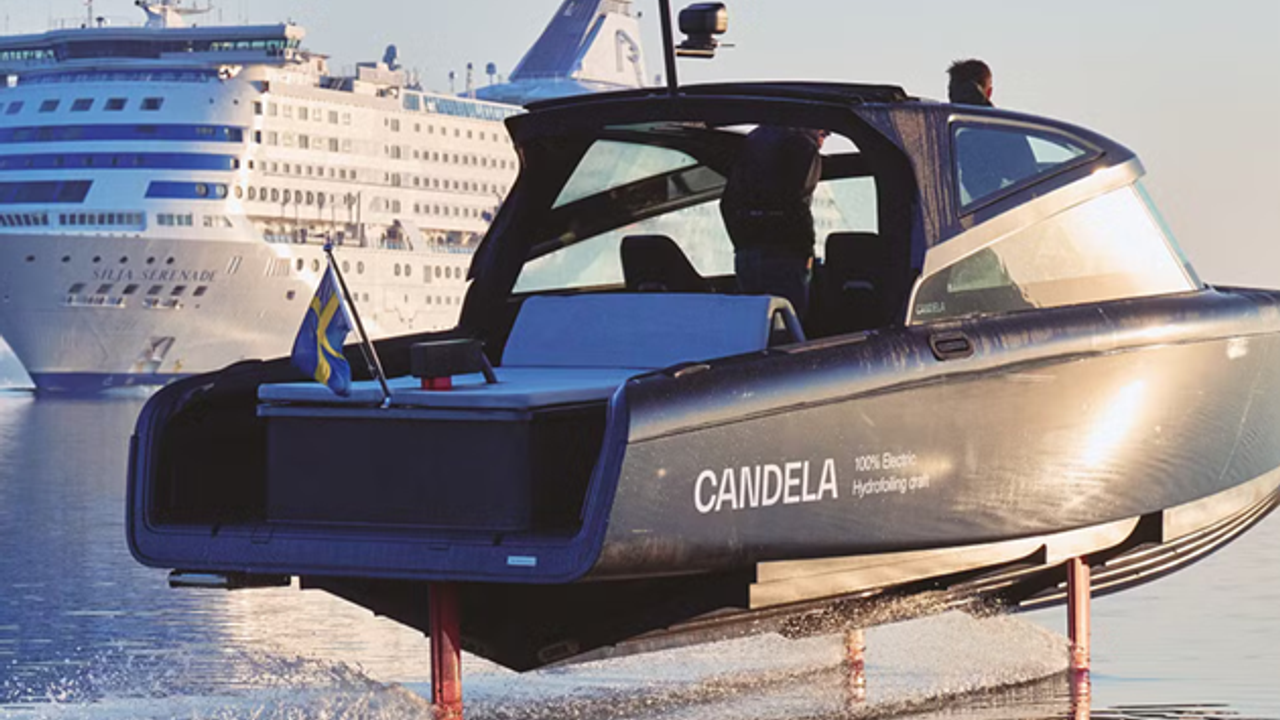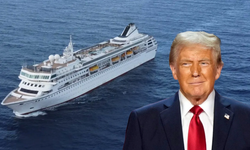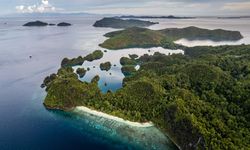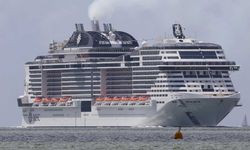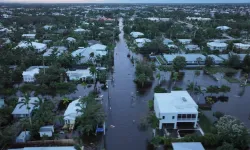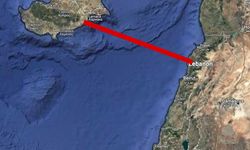Candela, renowned for developing the world’s first electric hydrofoil boats, has demonstrated the significant cost benefits of their technology.
The record-setting journey took place last Thursday with the latest version of Candela’s leisure boat, the C-8. Equipped with a Polestar battery, the boat departed from Stockholm’s Frihamn at 6 a.m. After a charging stop in Kapellskär, it successfully reached Mariehamn, the largest town in the Åland Islands, by lunchtime. This trip marked the first electric boat crossing of the Baltic Sea between Sweden and Finland. The crew was warmly welcomed by Åland’s Premier, Kristin Sjögren, upon arrival.
Hasselskog explained, “Electric boats have traditionally suffered from limited range due to high energy consumption of conventional hull designs. Our hydrofoil technology not only offers high speed and extended range but also delivers an almost magical experience—flying silently over the sea without any jarring impacts.”
The journey utilized existing charging infrastructure in collaboration with Kempower, a provider of charging solutions. In Kapellskär, the Candela was charged using a Kempower Movable Charger, a 40-kW unit linked to the local power grid. In Mariehamn, the boat was connected to the marina’s three-phase outlet. After a top-up in Kapellskär on the return trip, the C-8 navigated back to Stockholm’s Frihamn through dense fog, arriving at 11:30 p.m.
Antti Vuola, Director of Market Segments at Kempower, expressed pride in supporting electric boating advancements: “Our DC fast charging solutions are perfect for electric boats, and the Kempower Movable Charger integrates seamlessly with many marinas' existing electrical grids. This supports the electrification of boating and promotes greener waterways.”
Hasselskog shared a notable observation: “We experienced range anxiety, but not with the Candela. Ironically, our gasoline-powered chase boat had to refuel six times during the trip, while we only needed three charges.”
Candela’s hydrofoil technology offers substantial operational savings. The gasoline-powered chase boat spent approximately 750€ on fuel for the 150-nautical-mile journey, whereas the Candela C-8 used 213 kWh of electricity, costing around 40-50€. “We’re talking about a 95% reduction in operating costs,” said Hasselskog. “This represents a revolutionary shift, making water transport as cost-effective as land transport, which we will soon demonstrate with public transport in Stockholm.”
This fall, Candela’s new 30-passenger hydrofoil ferry, the P-12, will begin its route between Ekerö and Stockholm City Hall. Its design is expected to cut travel times in half by eliminating damaging wakes, allowing it to travel faster in the city’s inner waterways.
Candela has also secured a deal to electrify water transport in Saudi Arabia’s NEOM project and is selling ferries to cities from Berlin to New Zealand.
